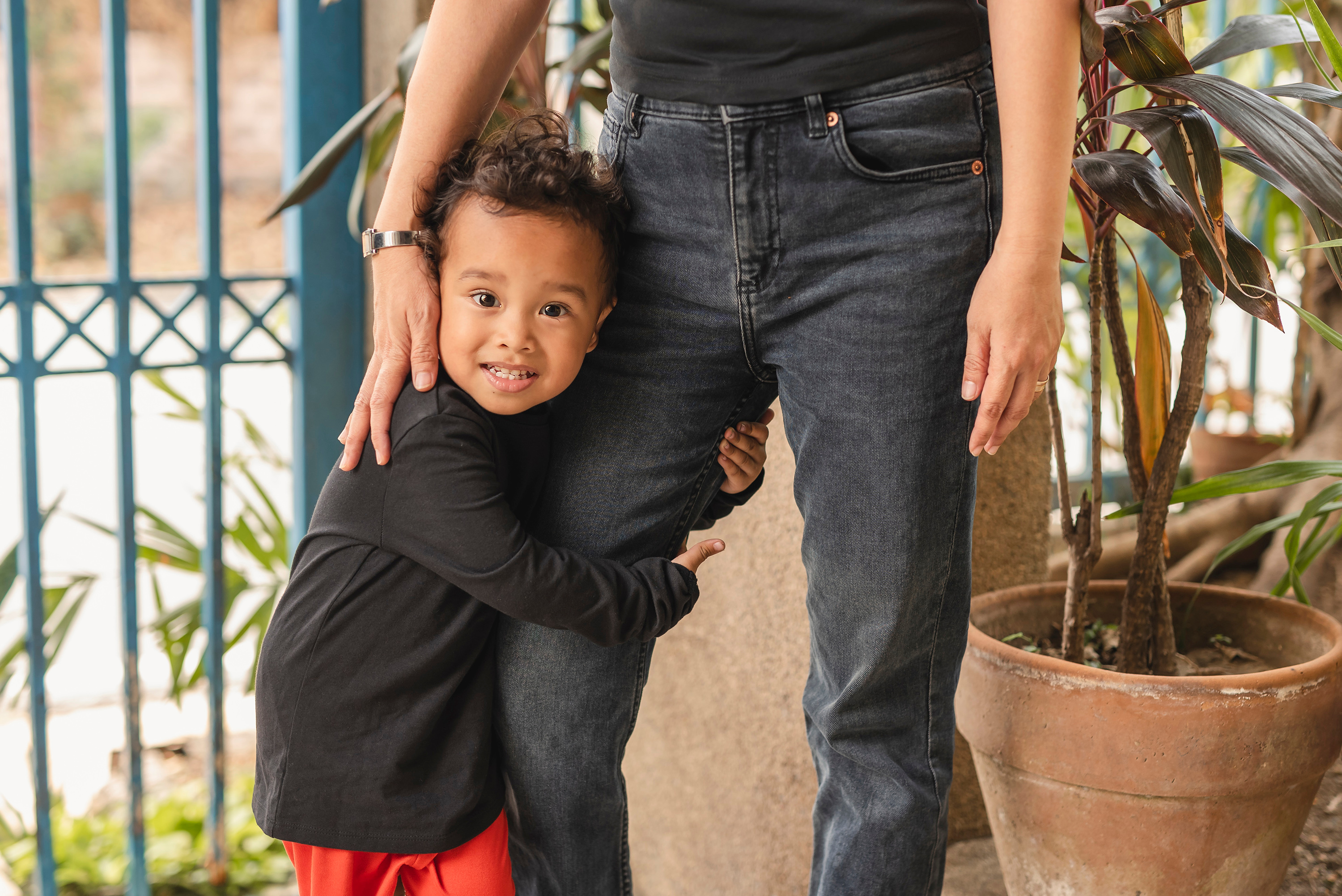What are the Types of Attachment in Child Parent Relationships
Allison Bates, M.S.

Attachment is a facet of parenting many people can forget about or deprioritize with the infinite other responsibilities of parenting; however, attachment with a caregiver is one of the most important things a parent can give their child. The attachment a child develops with their primary caregiver (often the maternal figure) is the model they use in all their relationships, moving forward and directly impacts how they see themselves in the world. There are four types of attachment: secure, avoidant, anxious, and disorganized.
A securely attached child is more likely to thrive emotionally and socially throughout their lives, but also studies show leads to less physical and emotional health concerns. Fostering a secure attachment can also be incredibly difficult for parents, especially those with heavy responsibilities, other children, and their own mental health concerns or addictions. Other events that can jeopardize the secure attachment of a child to a parent are hospitalizations of either parent or child, adoption/removal from family of origin, and, most indicative, if the parent wasn’t securely attached to their own caregivers.
In a securely attached relationship, a child understands that they are valued, and their needs will be met by their caregiver. In an avoidant attached child, they don’t worry about their needs, but they avoid intimacy because often they feel let down and expect their needs not to be met. This type of child often withdraws from being emotionally vulnerable with others and sees dependence on others as a weakness.
The opposite is true for an anxiously attached child, as they have a strong desire for their needs to get met, but they believe they have to prove that they are loveable enough for an adult to meet those needs. Anxiously attached children will often sabotage a relationship out of fear of abandonment or disappointment. This type of child is often hesitant or even whiney about exploring the world and engaging in new activities.
The final type of attachment is called disorganized, as this child is anxious about wanting acceptance and love but also lashes out when it is offered. A child with disorganized attachment will often attempt to control the parent/child dynamic by rejecting the parent, while sometimes still seeking validation from that adult. They are more often erratic or explosive and will set boundaries but fail to maintain them or respect other’s boundaries.
It is important to keep in mind that just because a child isn’t securely attached doesn’t mean the parent was a ‘bad’ caregiver. There are many reasons for an insecure attachment
and consistently being available emotionally for a child can be very overwhelming and time consuming. However, that doesn’t mean we can’t alter various aspects of parenting to attempt to better meet the needs of a child. If you would like to learn more about repairing attachment wounds, please follow the link below.

